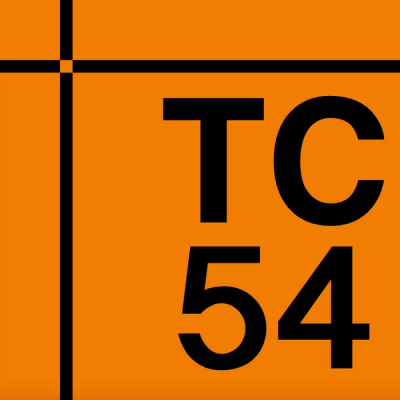
Security News
38% of CISOs Fear They’re Not Moving Fast Enough on AI
CISOs are racing to adopt AI for cybersecurity, but hurdles in budgets and governance may leave some falling behind in the fight against cyber threats.
gulp-accessibility
Advanced tools
Grade your sites accessibility and generate a report from different WCAG levels
Uses AccessSniff and HTML Codesniffer to grade your sites accessibility using different levels of the WCAG guidelines

Install this gulp plugin next to your project's gulpfile with: npm install gulp-accessibility --save-dev
Then add this line to your project's gulpfile.js gulpfile:
var access = require('gulp-accessibility');
Place this in your gulp file.
gulp.task('test', function() {
return gulp.src('./example/**/*.html')
.pipe(access({
force: true
}))
.on('error', console.log)
.pipe(access.report({reportType: 'txt'}))
.pipe(rename({
extname: '.txt'
}))
.pipe(gulp.dest('reports/txt'));
});
You can link to the files you wish to lint using the gulp api
You'll need to add the below to convert into other formats
.pipe(access.report({reportType: 'txt'}))
View AccessSniff options for all available options.
Copyright (c) 2015 Steven Miller Licensed under the MIT license.
FAQs
Grade your sites accessibility and generate a report from different WCAG levels
We found that gulp-accessibility demonstrated a not healthy version release cadence and project activity because the last version was released a year ago. It has 1 open source maintainer collaborating on the project.
Did you know?

Socket for GitHub automatically highlights issues in each pull request and monitors the health of all your open source dependencies. Discover the contents of your packages and block harmful activity before you install or update your dependencies.

Security News
CISOs are racing to adopt AI for cybersecurity, but hurdles in budgets and governance may leave some falling behind in the fight against cyber threats.

Research
Security News
Socket researchers uncovered a backdoored typosquat of BoltDB in the Go ecosystem, exploiting Go Module Proxy caching to persist undetected for years.

Security News
Company News
Socket is joining TC54 to help develop standards for software supply chain security, contributing to the evolution of SBOMs, CycloneDX, and Package URL specifications.